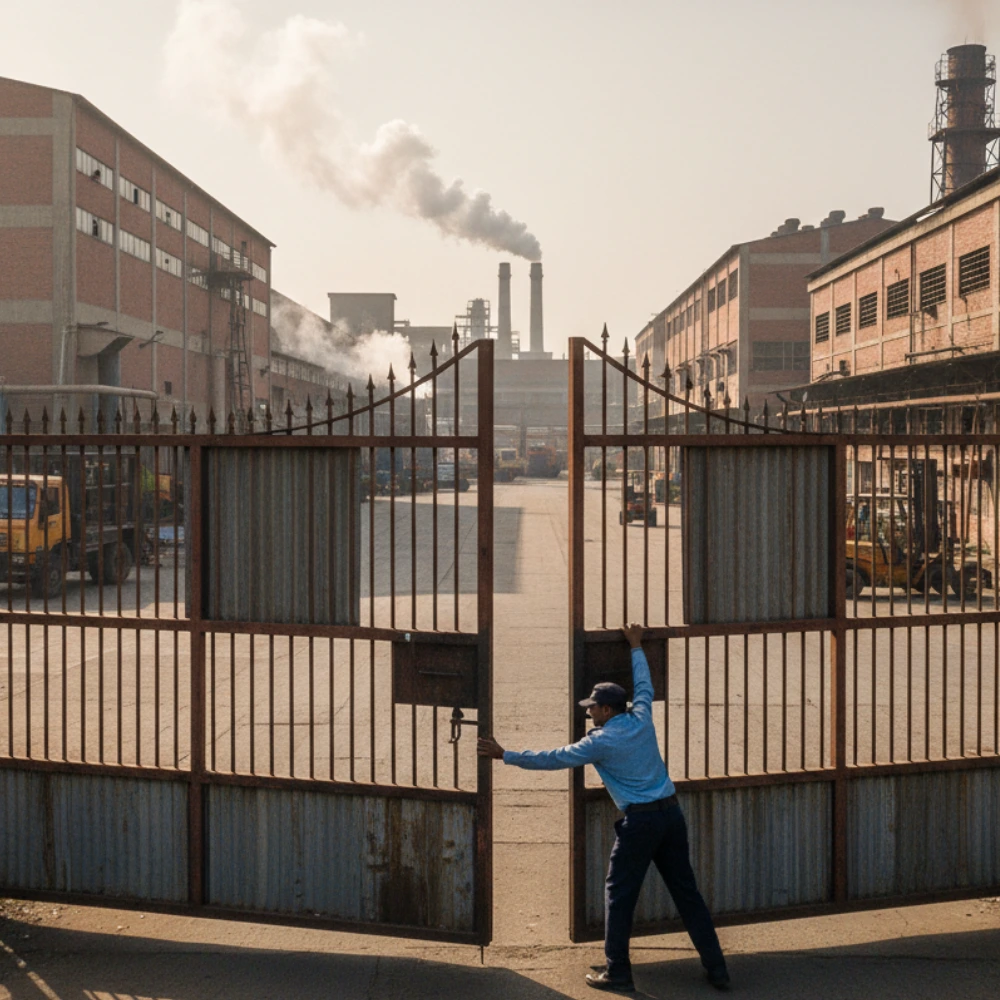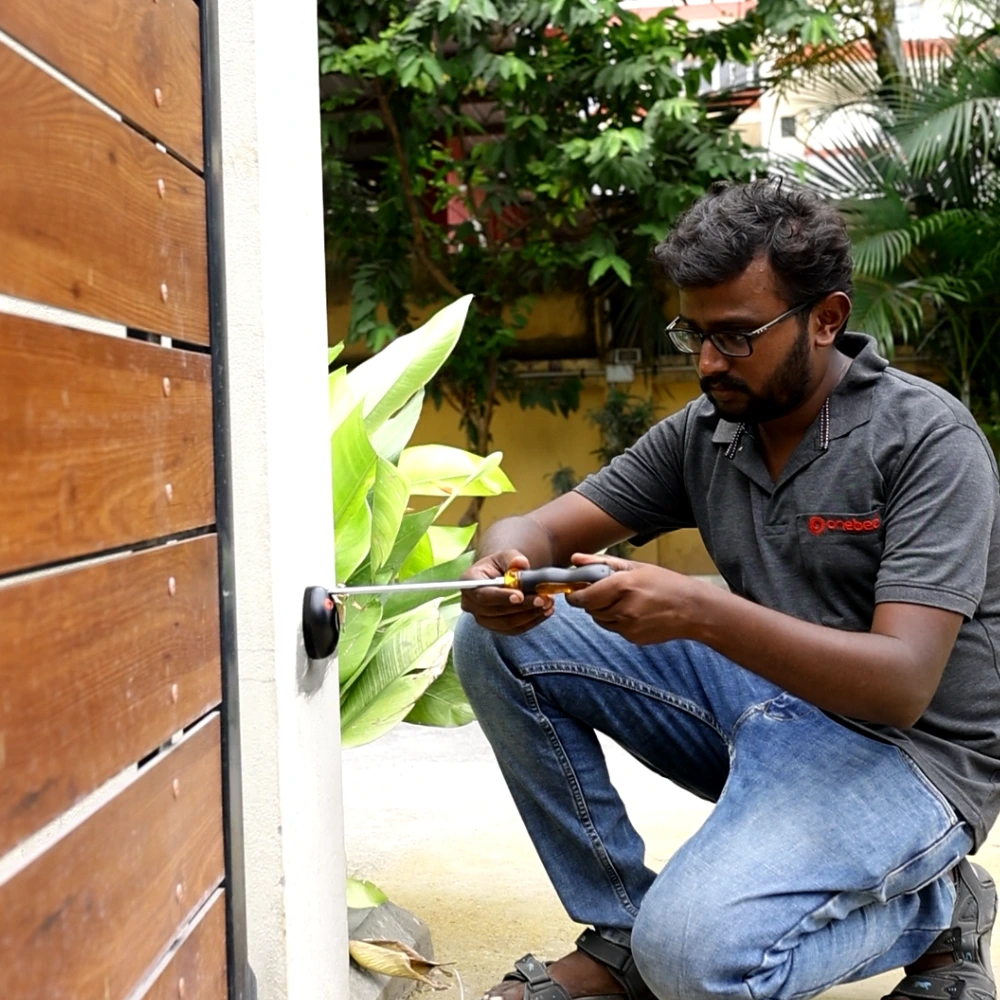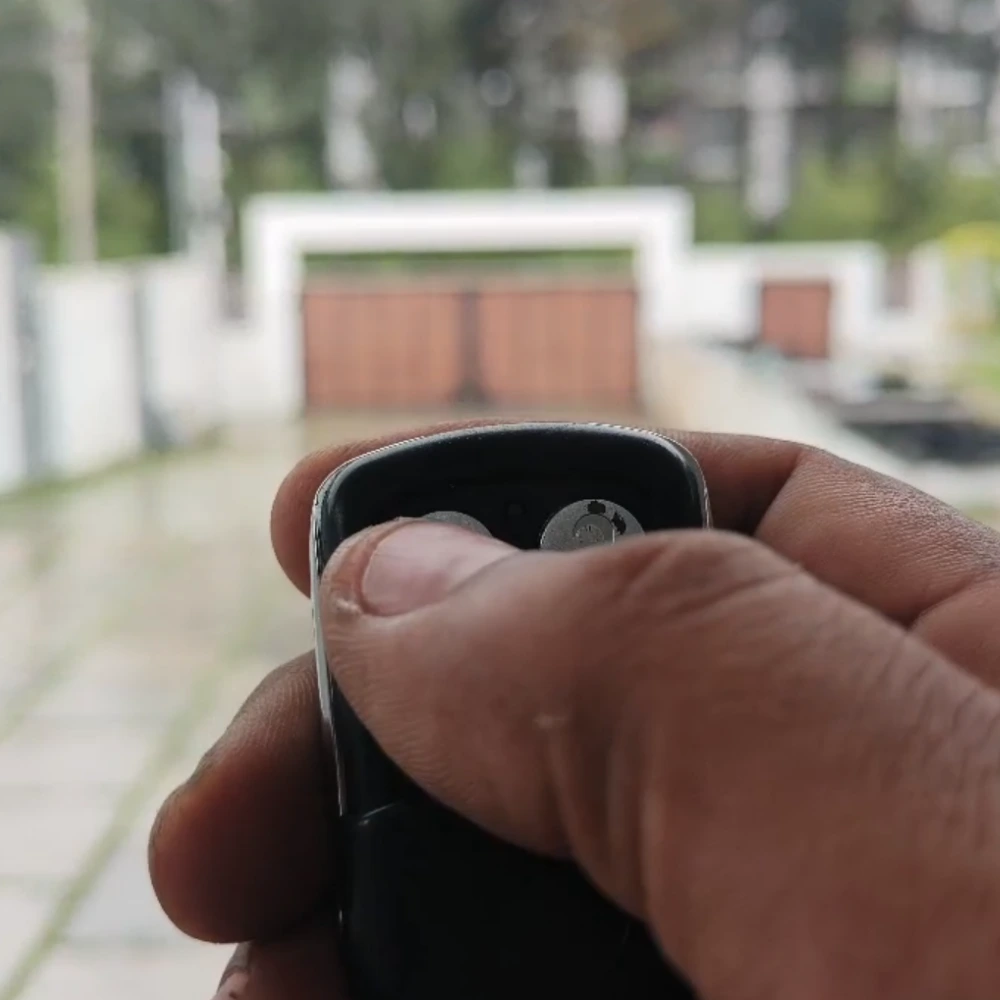Why Your Building Needs Gate Automation Before a Security Problem Forces You to Act
- Introduction
- 1. What Does Gate Automation Mean for Your Building?
- 2. Common Misconceptions That Stop Buildings From Automating
- 3. The Hidden Risks Your Building Faces Right Now
- 4. Case Stories That Illustrate the Problem
- 5. Simple Solutions: How Gate Automation Fixes These Issues
- 6. What You Should Check Before You Automate
- 7. Why Now Is the Right Time
- 8. Taking the Next Step with OneBee
- FAQ
- Conclusion
Introduction
When you read this you might be thinking: “Maybe my building can wait.” But here at OneBee we see this daily: a building delays action, then a security lapse happens. That is exactly why buildings need gate automation. In both homes and industrial sites the gate is a first line of defence and it often fails because it is manual. Over time the risk and cost only grow. So let us explain what is at stake, what you might be missing, and why your building needs gate automation now.
1. What Does Gate Automation Mean for Your Building?
First we define gate automation simply. Gate automation means your gate opens and closes with motorised systems, sensors, remote access and smart control. At OneBee our gate automation systems bring convenience and security together.
For a home, an apartment or an industrial building a manual gate can mean someone physically opens it, someone stands guard, or the gate remains unlocked too long. Meanwhile an automated gate works even when no one is watching. That is the central reason why buildings need gate automation. And as you will see, this matters a lot more than most realise.
2. Common Misconceptions That Stop Buildings From Automating
Many buildings hold off for the wrong reasons. These are the top myths we see:
- Myth: “Manual gates are safe enough.”
Actually: Manual gates often rely on human vigilance, and humans get tired or distracted.
- Myth: “Automation is too expensive.”
Actually: The cost of failures, delays or break-ins often outpaces that initial investment.
- Myth: “Our building is small, we don’t need it.”
Actually: Even small buildings face unauthorized entry, theft of service staff access or liability when someone gets hurt at the gate.
- Myth: “Installation will create downtime and disruption.”
Actually: With proper planning by OneBee the installation is quick and can be timed to avoid major disruption.
- Myth: “Maintenance will cost a lot and make it not worth it.”
Actually: Reliable systems from OneBee mean lower maintenance than waiting for manual failures or wear-and-tear.

Because of these misconceptions many delay acting — however this is exactly when the risk rises. This is a core point showing why buildings need gate automation.
3. The Hidden Risks Your Building Faces Right Now
When you delay, here is what you expose yourself to:
- Security failures: A gate left open too long, unauthorized entry, service vehicles entering unchecked. These happen, but many buildings don’t log them or treat them as minor until major harm happens.
- Downtime and delays: At industrial sites manual gate operation often creates bottlenecks and as a result those hold-ups slow down people, vehicles and work. When the gate delays movement the entire operation feels the cost.
- Liability and safety hazards: If someone gets hurt at the gate and an unauthorised visitor slips in and causes damage the building owner or the management ends up dealing with complaints, blame and even legal trouble. This is exactly why fixing weak gate control should never be delayed.
- Reputation damage: For apartments, residents expect security. A breach hurts trust and therefore value.
Given these risks, we emphasise again: why buildings need gate automation becomes very clear when you look at what might go wrong.
4. Case Stories That Illustrate the Problem
To make things real, let’s look at simplified case scenarios we’ve encountered:
- Apartment Case: A medium-sized apartment complex relied solely on a guard manually opening the gate each time a service vehicle arrived. One evening the guard forgot to lock the gate after opening. An unauthorized vehicle entered, and minor theft occurred. Residents were upset. They chose OneBee gate automation shortly after.
- Industrial Site Case: A manufacturing plant had heavy truck traffic. Manual gate opening created a queue at shift change. Delays cost the site approximately 30 minutes per day. They upgraded to OneBee’s motorised sliding gate opener. The flow improved, security improved, and the monthly time cost dropped significantly.
- Commercial Building Case: A commercial office block in a busy area had frequent tail-gating (unauthorised entry behind valid card-holders). Manual guards struggled to keep up. After installing OneBee’s gate automation with access control, tail-gating dropped and staff felt safer.
These stories are proof of why buildings need gate automation before serious trouble hits.
5. Simple Solutions: How Gate Automation Fixes These Issues
Here is how an automated gate solves each of the problems we discussed:
|
Problem |
Automated Gate Solution |
|
Manual guard fatigue |
Motorised gate opens/closes automatically |
|
Unauthorized entry |
Remote access, sensors, access logs |
|
Entry delays / bottlenecks |
Faster opening, consistent performance |
|
Liability / injury risk |
Safety sensors, built-in stops, reliable motor |
|
Property value & resident trust |
Modern system adds value and shows professional management |
In other words: you implement gate automation, you reduce these risks and start recovering cost via time saved, manpower reduced and security improved. This is part of why buildings need gate automation.

6. What You Should Check Before You Automate
Before choosing a system, we at OneBee advise you to evaluate:
- Gate type and weight: Sliding, swing, foldable - each requires correct motor capacity.
- Traffic and usage: How many vehicles per day? Peak hours?
- Access control: Do you need remote app, keypads, visitor rights? OneBee provides remote operation and timed entry.
- Safety features: Add sensors, auto-stop and CCTV links for safe gate control.
- Service and warranty: OneBee offers robust support and warranty terms.
- Budget vs long-term cost: Consider not just purchase, but downtime, security cost, human error.
After you check these, you will understand exactly why buildings need gate automation. It is not just a nice-to-have, it becomes the smart choice.
7. Why Now Is the Right Time
You might say: “We’ll wait until next year.” But waiting creates more risk:
- Security incidents do not wait.
- Costs (manual manpower, delays, downtime) keep adding.
- Technology becomes even cheaper next year — but the gap in risk also grows.
- Early adopters of gate automation by OneBee already have better security and feel less stress.
Therefore we recommend acting sooner rather than later. That is exactly why buildings need gate automation is urgent.

8. Taking the Next Step with OneBee
At OneBee, we offer tailored gate automation solutions for homes, apartments and industrial buildings.
Here is how you proceed:
- Contact us for a site survey (no obligation).
- We assess your gate, traffic, security needs.
- We propose the right gate automation system.
- We install with minimal disruption.
- We provide training, warranty and support.
By doing this you move from risk to control, from manual to secure. Because ultimately why buildings need gate automation is simple: it protects people, property and reputation.
Call or WhatsApp OneBee at +91 9500 850 0000 to get started.
FAQ
Q1: What size motor do I need for my gate?
The motor size depends on gate weight, type (swing/sliding), usage frequency and weather conditions. At OneBee we calculate this during our survey so you get the correct spec.
Q2: Will gate automation reduce my building’s security costs?
Yes, automation cuts down guard dependency, reduces entry delays and lowers the risk of unauthorised access so buildings recover the cost within months.
Q3: Is installation very disruptive?
Not necessarily. At OneBee we plan installation during non-peak hours, ensure minimal disruption and handle wiring in a structured way so daily operations stay unaffected.
Q4: What happens during power failure?
Good systems include battery backup and safety mechanisms. OneBee’s solutions are built to ensure that even during outages your gate remains functional or safe.
Q5: How long will the gate automation system last?
With proper installation and maintenance, a good system lasts many years. Because you reduce manual wear and tear and rely less on human operation, the lifecycle grows.
Conclusion
To wrap up: If your building still uses a manual gate you are taking a bigger risk than you may realise. We at OneBee stress this because we see the consequences every day. That is precisely why buildings need gate automation not just for convenience but for safety, performance and future proofing. Do not wait for a security lapse to act. Reach out to OneBee, get your survey done and move into a safer, smarter future.